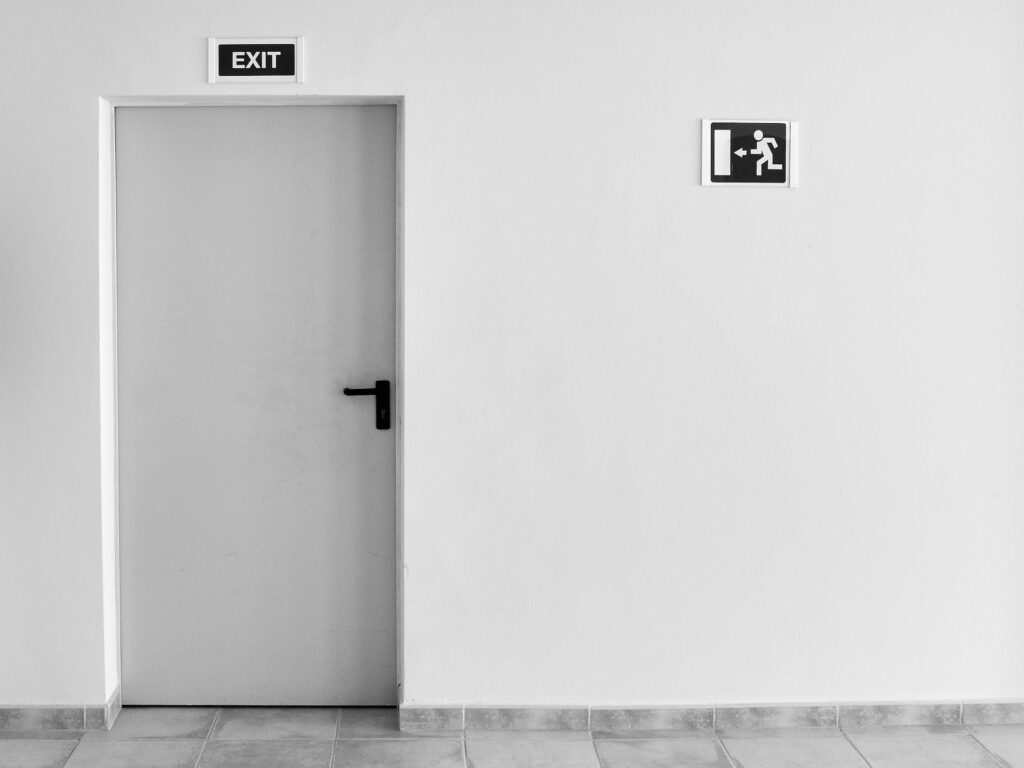Key Takeaways:
- Delving into the mechanics of balanced doors and their unique advantages for sustainable design.
- Examining the aesthetic contribution of balanced doors to modern building facades and urban landscapes.
- Understanding the role of balanced doors in improving energy efficiency and user comfort.
- Exploring how balanced doors address accessibility, meeting ADA standards for inclusive design.
- Discussing the importance of selecting suitable materials for balanced doors to ensure durability in different climates.
- Reviewing real-world case studies to illustrate the impact of balanced doors in contemporary architecture.
- Anticipate future door automation trends and how balanced doors integrate with emerging technologies.
The Mechanics of Balance: How Balanced Doors Work
Balanced doors present a remarkable solution for commercial and public buildings where daily operational challenges are heavy traffic and environmental factors like wind. They operate through a mechanism where the door’s pivot point is centered, effectively reducing the door’s swing resistance. This unique pivot system mitigates the effect of external forces, letting doors open with minimal effort.
Merging Beauty with Functionality: Balanced Doors in Building Facades
Beyond their practical purpose, balanced doors are crafted magnificently to enrich architectural facades. Architectural professionals recognize that such doors present as much aesthetic opportunity as functional ones. They can be designed to complement the modern or classic look of a building, making a bold statement while maintaining the integrity of the overall design theme. By revisiting resources like Designing Buildings Wiki, one can appreciate how balanced doors can be both beautiful and beneficial, contributing significantly to the curb appeal and accessibility of a structure. The strategic placement and design of balanced doors will often reflect an architect’s foresight in blending the doors into the broader narrative of the building’s visual and practical story. High-quality examples, such as those found at Dawson Doors New York, demonstrate how the precision of balanced doors can significantly affect user experience. The balanced door is a brilliant example of form following function, achieving effortless entry and egress, which is crucial for settings such as grand hotel lobbies, government buildings, and luxury residential complexes.
Energy Efficiency and User Comfort: The Advantages of Balanced Doors
As an integral part of a building’s envelope, doors influence overall energy performance. Through their design, Balanced doors can reduce air infiltration significantly, thereby conserving heating or cooling energy. Not only does this cut down on operational costs, but it also contributes to more stable and comfortable interior spaces. This advantage is especially prominent in high-traffic areas where the door’s constant opening could lead to energy losses. By better managing the exchange between indoor and outdoor environments, balanced doors maintain a comfortable interior climate for occupants and potentially contribute towards sustainability certifications for the building.
Accessibility for All: Balanced Doors and ADA Compliance
The Americans with Disabilities Act (ADA) is a comprehensive piece of civil rights legislation prohibiting discrimination and ensuring that people with disabilities have the same opportunities. In compliance with ADA standards, balanced doors offer a significant advantage in universal design. They demand less force to open and close, which is crucial for individuals with limited strength or mobility. Through thoughtful design, balanced doors exhibit the potential to be seamlessly integrated into public buildings without drawing attention to their specially designed features, thus maintaining aesthetic consistency while offering true inclusivity.
Material Matters: Selecting the Right Components for Different Climates
Choosing suitable materials for balanced doors is critical beyond aesthetics, including performance and durability. Material selection must consider thermal expansion, corrosion resistance, and insulative properties. Whether it is the robust coolness of stainless steel, the warm elegance of wood, or the innovative composites that offer excellent performance characteristics, materials for balanced doors must be selected with a comprehensive understanding of the local environment. High-quality materials help maintain the doors’ functionality and appearance, even when subjected to harsh weather conditions or significant temperature fluctuations.
Case Studies: Balanced Doors in Action
Theoretical knowledge gains true credibility when underpinned by practical, real-world examples. Case studies of balanced doors in varied architectural projects demonstrate their adaptability and efficiency. From municipal buildings that need to convey a sense of authority and accessibility to luxury boutiques where design details directly influence brand perception, balanced doors have proven their value in multiple settings. These case studies inspire and confirm balanced doors’ role as critical components in the modern architectural lexicon, demonstrating the successful unity of innovation, aesthetics, and performance.
Looking Ahead
As we look ahead, advancements in door automation promise to add new dimensions of functionality to balanced doors. The marriage of technology with the pragmatic design of balanced doors is poised to redefine user interaction with features like personalized access control, integrated safety systems, and intelligent responses to environmental changes. The intersection of design innovation, user experience, and technological enhancements will further solidify the place of balanced doors in the future of architecture, ensuring that this pivotal element evolves to meet the demands of a rapidly changing world.

